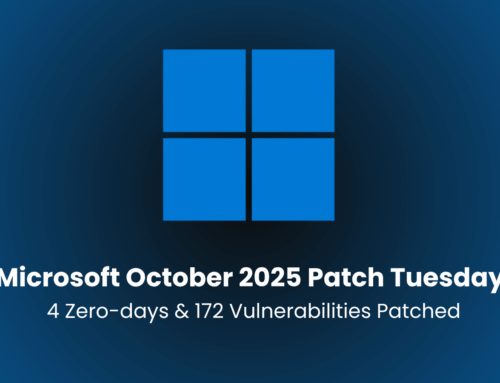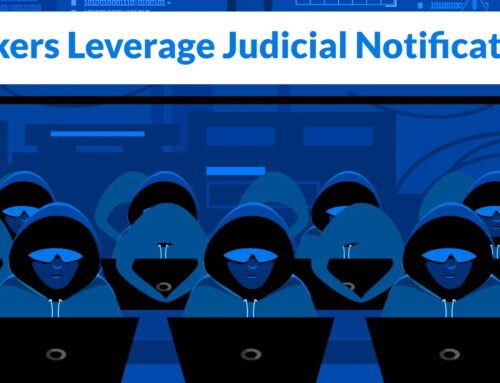
Critical Android System Component Vulnerability Allows Remote Code Execution Without User Interaction
The digital landscape is a constant battleground, and even the most trusted devices can harbor hidden dangers. For millions of Android users worldwide, a recent disclosure from Google has sounded a critical alarm. A severe vulnerability, capable of enabling remote code execution without any user interaction, underscores the persistent threat posed by sophisticated cyberattacks. As cybersecurity professionals, understanding the nuances of such flaws is paramount to protecting digital assets and privacy.
The Critical Threat: Unpacking CVE-2025-48530
On August 4, during the release of its August 2025 Android Security Bulletin, Google unveiled a significant flaw that demands immediate attention. Designated CVE-2025-48530, this vulnerability resides within a core Android System component. Its severity stems from its ability to facilitate remote code execution (RCE) without requiring any form of user interaction. This “zero-click” nature makes it exceptionally dangerous, as an attacker could potentially compromise a device simply by sending a malicious payload, entirely unbeknownst to the user.
The implications of such an RCE vulnerability are vast. A successful exploit could lead to:
- Complete device takeover, allowing attackers to access sensitive data.
- Installation of malware or ransomware.
- Espionage, tracking user activity, and monitoring communications.
- Infiltration into corporate networks if the compromised device is used for work.
Understanding “Remote Code Execution Without User Interaction”
The phrase “remote code execution without user interaction” is a critical indicator of a high-impact vulnerability. It signifies that an attacker does not need to trick a user into clicking a malicious link, opening an infected file, or performing any action whatsoever. The attack can be initiated remotely, often through a crafted network packet, a specific message, or by exploiting weaknesses in background services or protocols. This greatly reduces the barrier to entry for attackers and increases the potential for widespread, automated attacks.
In the context of the Android System component, this could involve vulnerabilities in how the operating system handles certain types of data, network communications, or inter-process communication. The fundamental system processes, running with elevated privileges, become direct targets, bypassing traditional security layers that rely on user vigilance.
Affected Devices and Potential Impact
While the specific versions of Android or devices affected by CVE-2025-48530 were not detailed in the initial summary, the designation as a “critical vulnerability” affecting a “core System component” suggests a broad reach. Millions of Android devices, from various manufacturers, are potentially exposed. The fragmentation of the Android ecosystem means that even after a patch is released by Google, its deployment to end-user devices can be a lengthy process, dependent on device manufacturers and carrier updates.
For organizations, this poses a significant risk. Employee-owned devices (BYOD) using Android, or company-issued Android devices, could become vectors for corporate data breaches if not adequately patched and managed. Proactive management and a robust mobile device security strategy are essential to mitigate these risks.
Remediation Actions and Best Practices
Mitigating the risk posed by CVE-2025-48530 and similar vulnerabilities requires a multi-faceted approach. Staying informed and proactive is key for both individual users and organizational IT departments.
- Apply Security Patches Immediately: Monitor for and apply the latest Android security updates as soon as they become available for your device. This is the most crucial step as it directly addresses the vulnerability. Ensure automatic updates are enabled.
- Keep Applications Updated: While this specific vulnerability is in a core system component, keeping all applications updated can prevent other potential attack vectors and ensure overall system health.
- Avoid Untrusted Networks: Be cautious when connecting to public Wi-Fi networks, which can be exploited for man-in-the-middle attacks or to deliver malicious payloads. Use a Virtual Private Network (VPN) when on untrusted networks.
- Implement Mobile Device Management (MDM): For enterprise environments, an MDM solution can enforce security policies, manage updates, and monitor device compliance, significantly reducing the attack surface.
- Regular Backups: Periodically back up important data. In the event of a compromise, this can help in recovery and minimize data loss.
- Security Awareness Training: Educate users about the importance of security updates and general mobile security hygiene. Even with zero-click vulnerabilities, a robust security posture across the user base reduces overall risk.
Tools for Mobile Security and Vulnerability Management
Effective management of mobile device security, especially for enterprises, often relies on a suite of specialized tools. These tools assist in detection, scanning, and mitigation strategies.
| Tool Name | Purpose | Link |
|---|---|---|
| Google Play Protect | Built-in Android security for app scanning. | N/A (Integrated) |
| Mobile Device Management (MDM) Solutions (e.g., Microsoft Intune, VMware Workspace ONE, Jamf Pro) | Centralized management, security policy enforcement, and patch deployment for enterprise mobile fleets. | Microsoft Intune |
| Mobile Threat Defense (MTD) Solutions (e.g., Zimperium, Lookout, Check Point Harmony Mobile) | Real-time protection against device, network, app, and phishing attacks. | Zimperium |
| Nessus Mobile (Part of Tenable Nessus) | Vulnerability scanning for mobile devices within an enterprise network. | Nessus |
Conclusion
The disclosure of CVE-2025-48530 serves as a stark reminder of the sophisticated threats targeting core operating system components. Its zero-click remote code execution capability positions it as a critical vulnerability demanding immediate attention from users and IT security professionals alike. Prioritizing timely patch management, implementing robust mobile security strategies, and fostering a security-aware culture are not merely best practices but essential defense mechanisms in today’s threat landscape. Staying vigilant and proactive is the strongest defense against evolving cyber dangers.





